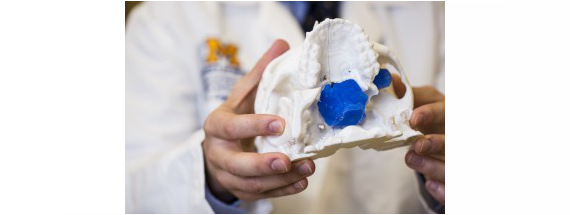
Top
-
-
Materialise Magics 3D Print Suite
Prepare your files for 3D Printing
- Materialise Magics
Data and Build preparation - Materialise Magics Essentials
Data preparation - Materialise MiniMagics
Free file viewer - Materialise e-Stage
Automatic support generation
Optimize your designs for 3D Printing
- Materialise 3-matic
Design optimization
Get the most out of your 3D printing machine
- Materialise Build Processor
Machine communication - Materialise Control Platform
Machine control and steering - Materialise Inspector
Process and Quality Control
Manage your AM production process
- Materialise Streamics
Production management
- Materialise Magics
-
Materialise Manufacturing
Rapid Prototyping
- Technology Selector
Choose from a wide range of technologies - Material Selector
Choose a material and finish - Order Online
Get an instant quote on Materialise OnSite
Additive Manufacturing
- 3DPrintBarometer
Check for 3D printing suitability - Certified Additive Manufacturing
Turn your ideas into products - Cloud-Based 3D Printing Solutions
Streamline your 3D printing business
Training & Consultancy
- Materialise Mindware
Advisory services for additive manufacturing - Materialise Academy
Learning and knowledge exchange
Quote & Order Online
- Technology Selector
-
Materialise Mimics Care Suite
For Healthcare Professionals
Materialise Mimics Innovation Suite
For Engineers & Researchers
Materialise Phits Suite
For Foot Experts
Materialise Academy
A learning and knowledge exchange for clinicians, researchers and engineers
-
-
News & Events








